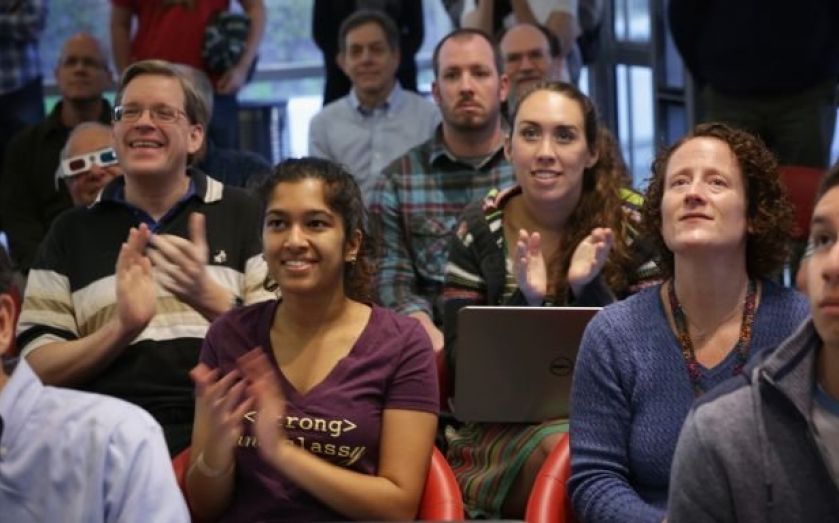| Updated:
Did Rosetta land on comet 67P? ESA mission probe briefly bounced off but has just touched down again

Humankind landed a spacecraft on a comet for the first time ever yesterday – and has now done it again.
The European Space Agency (ESA) Rosetta landing probe touched down on comet 67P/Churyumov-Gerasimenko after spending seven hours descending from the mothership, sending a confirmation signal to Earth at 16:05 UK time yesterday.
It was a huge breakthrough for all those working on the project at the agency's mission control centre in the German city Darmstadt – Rosetta has spent the last ten years travelling through the solar system to get ready for this moment, and has chased the comet over a cumulative distance of 6.4bn km during that time.
It has cost the ESA a total of $1.75bn (€1.12bn), but there was every chance the landing would not be successful. The target landing zone for the comet was considered to be very challenging due to its uneven terrain of cliffs, boulders and steep slopes.
But shortly after the good news was received, ESA engineers realised the landing probe had bounced hundreds of metres back up off the surface after first touching down.
Now, after a tense few hours of waiting, scientists have received a second signal letting them know that the Philae has re-attached itself to the comet's surface.
The purpose of the mission is no small piece of scientific research. Named after the code-breaking Rosetta stone which helped archaeologists decipher the meaning of Egyptian hieroglyphs in the 1800s, it is hoped Rosetta will translate some of the secrets of the universe into explanations for the origin of comets, the solar system and possibly even of life on Earth.
But to find answers to these important questions, Rosetta has to be physically present on the comet, which is why this touchdown was so crucial.
“Now it is vital to analyse the comet’s interior, since it contains the initial composition of the solar system from when it was formed 4.5bn years ago. It might also contain amino acids such as glycine and other complex molecules,” said astronomer Daniel Brown at Nottingham Trent University.
“These results will allow us to improve models for the solar system and to better understand how a planet becomes habitable.”
During the landing, Rosetta and its Philae kept us up-to-date via their Twitter conversation at @ESA_Rosetta and @Philae2014. Here are a few of our favourite tweets:
https://twitter.com/Philae2014/status/532593337585651713
https://twitter.com/Philae2014/status/532547743206875136
https://twitter.com/ESA_Rosetta/status/532565327721545728